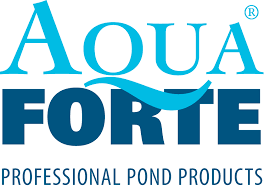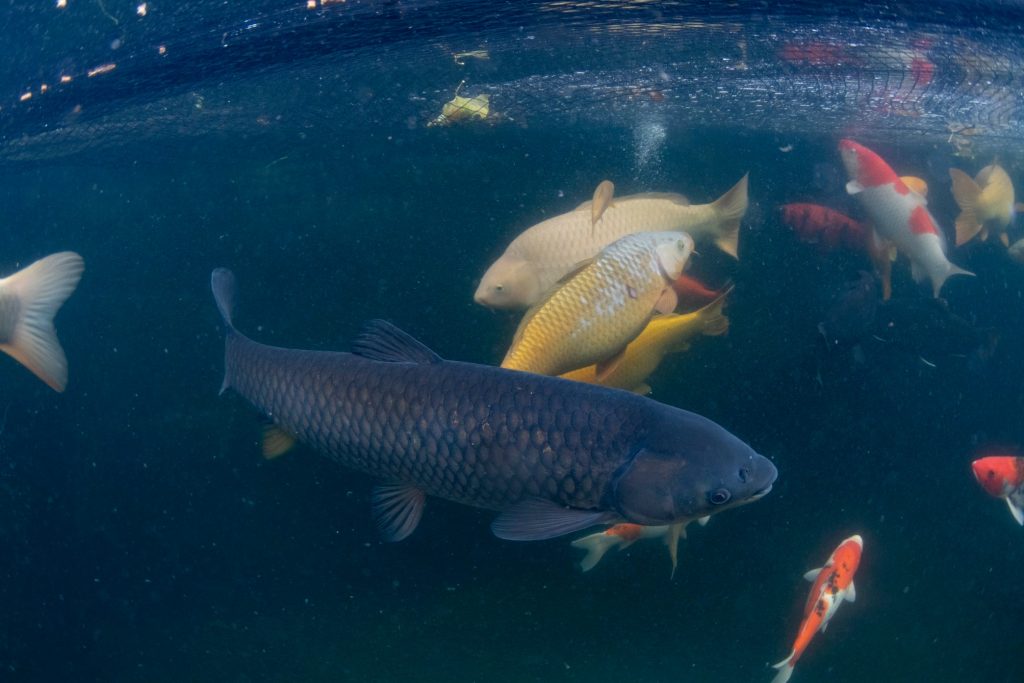
Common Name (UK): Grass Carp, Green grass carp, Albino Grass Carp
Other names: White Amur.
Scientific Name: Ctenopharyngodon idella
Adult size: Average 36-48” (90-120cm), Large (60”) 150cm – Albino’s typically 25% smaller.
Record Size: The IGFA World record for a grass carp caught on line and hook is 39.75 kg, (87.6 lb) caught in Bulgaria in 2009.
Lifespan: 30 Years +
Natural Habitat: The grass carp (Ctenopharyngodon idella) is the species of fish with the largest reported production in aquaculture globally, over five million tonnes per year. It is a large herbivorous freshwater fish species of the family Cyprinid native to eastern Asia, with a native range from northern Vietnam to the Amur River on the Siberia-China border. The Grass carp is the only species of the genus Ctenopharyngodon.
This species occurs in lakes, ponds, pools, and backwaters of large rivers, preferring large, slow-flowing or standing water bodies with vegetation.
Adults of the species feed primarily on aquatic plants. They feed on higher aquatic plants and submerged terrestrial vegetation, but may also take detritus, insects, and other invertebrates.
Geographical Range: Grass carp have been introduced to many countries around the world. In the Northern Hemisphere, countries and territories of introduction include Taiwan, Israel, Japan, the Philippines, the United States, Mexico, India, Malaysia, the Netherlands, Switzerland, Czech Republic, Slovakia, Croatia, Serbia, Slovenia, Montenegro, Bosnia and Herzegovina, Macedonia, Denmark, Sweden, Romania, Poland, Italy, Germany, France, and the United Kingdom. In the Southern Hemisphere, they have been introduced to Argentina, Venezuela, Fiji, New Zealand, Australia, and South Africa. Grass carp are known to have spawned and established self-reproducing populations in only six of the many larger Northern Hemisphere rivers into which they have been stocked. Their failure to establish populations in other rivers suggests they have quite specific reproductive requirements.
Use in Aquaculture: In the United States, the species was first imported in 1963 from Taiwan and Malaysia to aquaculture facilities in Alabama and Arkansas. The first release is believed to have been an accidental escape in 1966 from the US Fish and Wildlife Service’s Fish Farming Experimental Station in Stuttgart, Arkansas, followed by planned introductions beginning in 1969. Subsequently, there have been widespread authorized, illegal, and accidental introductions; by the 1970s the species had been introduced to 40 states, and it has since been reported in 45 of the country’s 50 states. In 2013 it was determined to be reproducing in the Great Lakes Basin. It is still stocked in many states as an effective biocontrol for undesirable aquatic vegetation, many species of which are themselves introduced.
Grass carp were introduced into New Zealand in 1966 to control the growth of aquatic plants. Unlike the other introduced fish brought to New Zealand, the potential value and impact of grass carp was investigated in secure facilities prior to their use in field trials. They are now approved by the New Zealand government for aquatic weed control, although each instance requires specific authorization. In the Netherlands the species was also introduced, in 1973, to control over-abundant aquatic weeds. The release was controlled and regulated by the Dutch Ministry of Agriculture, Nature and Food Quality.
In both of these countries, control is made easier by the fact that grass carp are very unlikely to naturally reproduce because of their very specific breeding requirements, but elsewhere control is obtained by the use of sterile, triploid fish.
Breeding: Grass carp will spawn at temperatures of 20 to 30 °C (68 to 86 °F). In the wild, grass carp spawn in fast-moving rivers, and their eggs, which are slightly heavier than water, develop while drifting downstream, kept in suspension by turbulence. The eggs are thought to die if they sink to the bottom. Grass carp require long rivers for the survival of the eggs and very young fish. Given these conditions, Grass carp have not been observed spawning in the UK.
In Ornamental Ponds:The grass carp is a popular addition to a number of ponds, largely to control aquatic weed growth as the name suggests. It will readily accept weedy offerings but in an ornamental pond where pellets are offered it will prefer these food source! They are known ‘Jumpers’ and do so when spooked or frightened. It is not uncommon for them to jump when netted.
Given the overall size Grass carp can reach, a large pond is required. They will require a good filtration system and oxygen to have a healthy long life.
Albino Grass carp are also common and are the yellow/white variation with pink eyes. They have the same requirements as their ‘green’ cousins.
Medications and Treatments: Grass carp are not adversely affected by the common treatments available such as Malachite Green, Formalin, Alparex, Flukesolve and Salt. We have used no other treatments on these fish so cannot comment on the suitability.
FAQ’s:
Do Grass carp eat blanket weed?
Yes, they will eat most soft vegetation but appear to avoid more fiberous plants. Duckweed is highly favoured but blanket weed less so.
How long will they take to eat all of the weed in the pond?
This is largely dependent on other available food sources. They prefer pellets and invertebrates and will accept them over weed. It is also subject to the amount of Grass carp and the size of the fish and pond. Consider the thousands introduced in aquaculture for weed control. A couple of 2” fish may only consume weed relative to their size! The weed will reproduce quicker than they can eat it. An example we have is that 400 were introduced to a weedy 1.5 acre pond. Introduced at 2” it took them 18 months to clear the weed and were also being supplemented with a pellet food as well. After the 18 months their average size was 14” (35cm).
How many Grass carp should I get for my pond?
This is personal choice. They are a large growing fish so can be impressive in any pond. Large numbers are required if weed is excessive. Fish are generally social creatures so a pair or more is advised.
Buy Grass carp here:
https://www.mf-aquatics.co.uk/?s=grass+carp&product_cat=0&post_type=product
Download sheet here:
https://www.mf-aquatics.co.uk/product/grass-carp-fact-sheet-free-download/

 Aquarium Fish
Aquarium Fish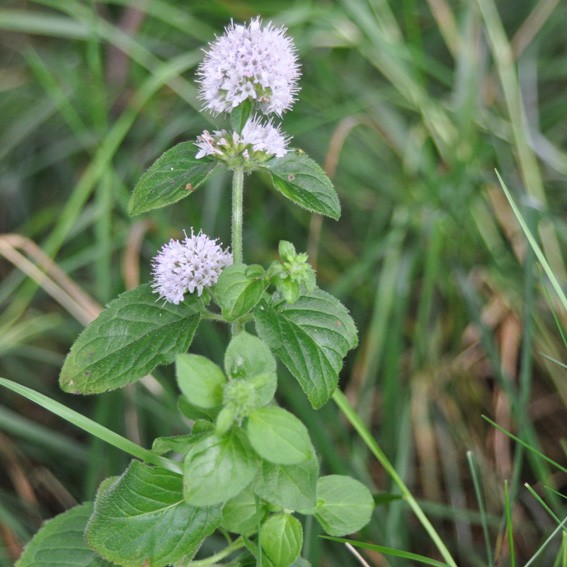 Aquatic Plants, Mussels and Snails
Aquatic Plants, Mussels and Snails Koi
Koi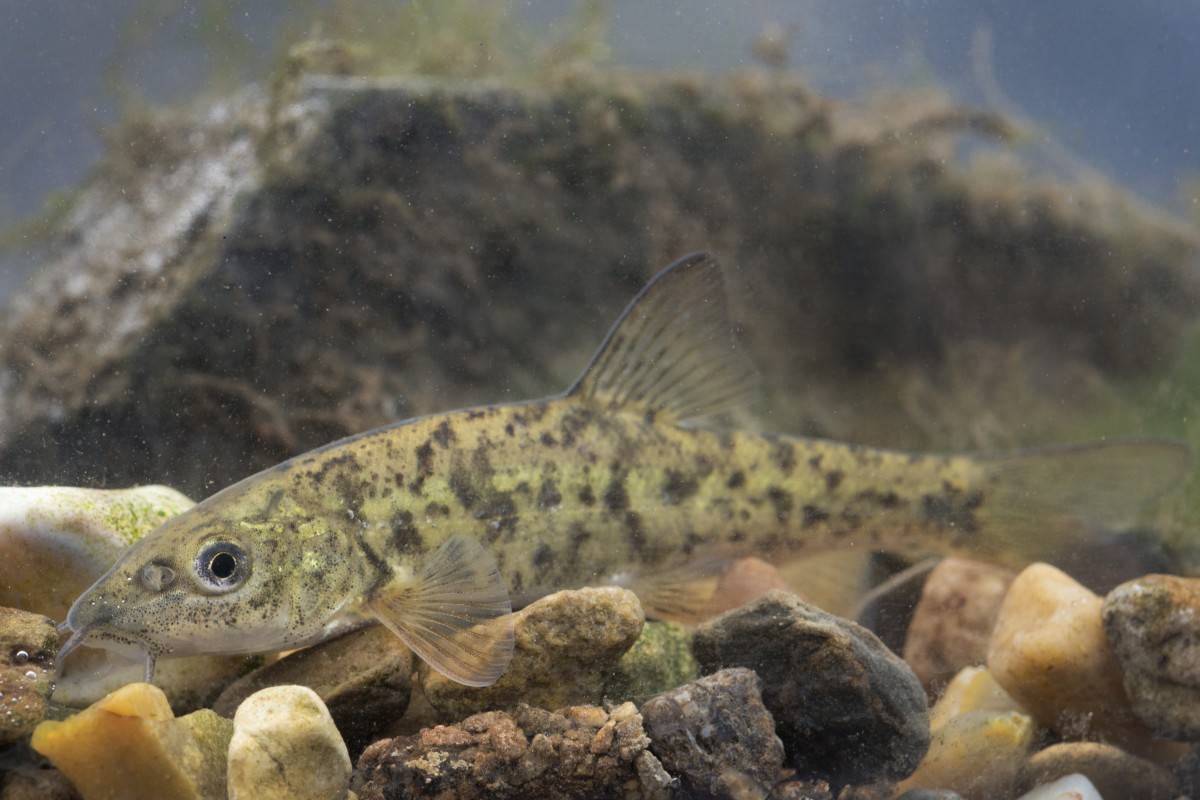 Native Fish
Native Fish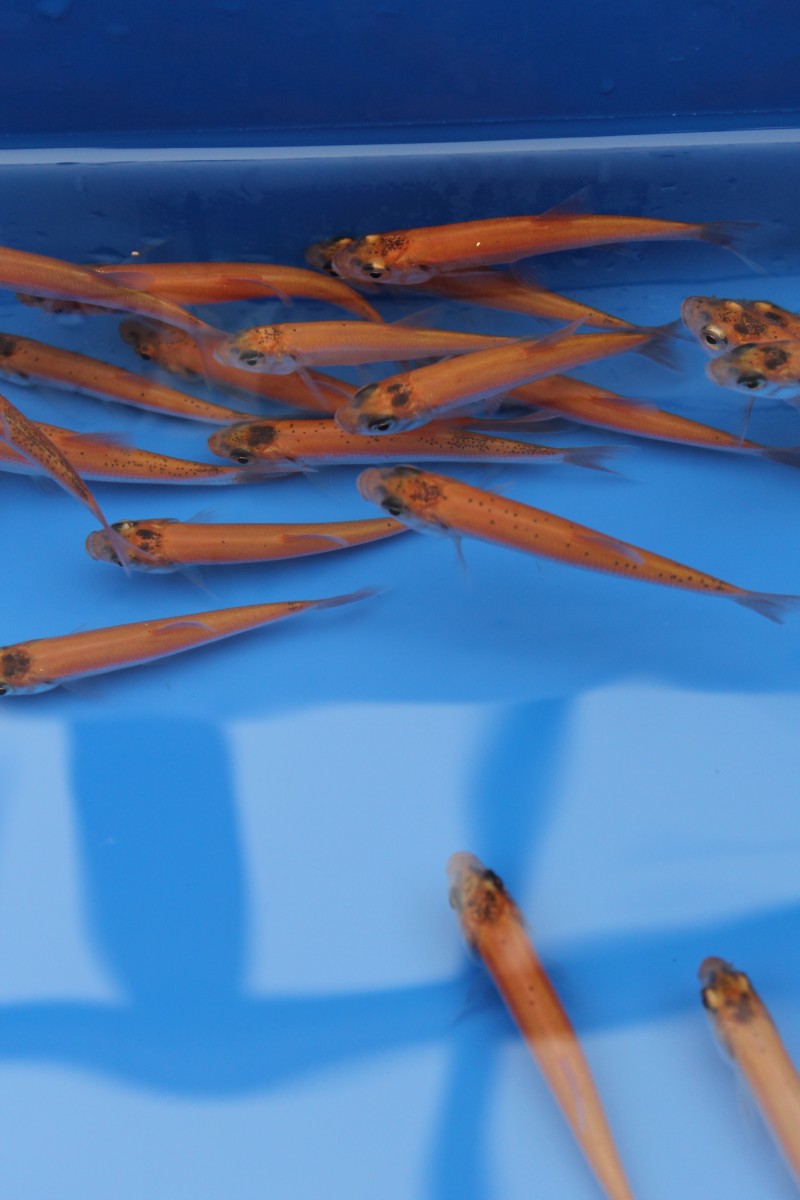 Ornamental Fish
Ornamental Fish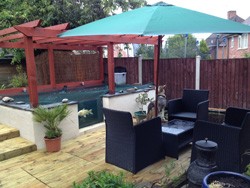 Pond Building
Pond Building